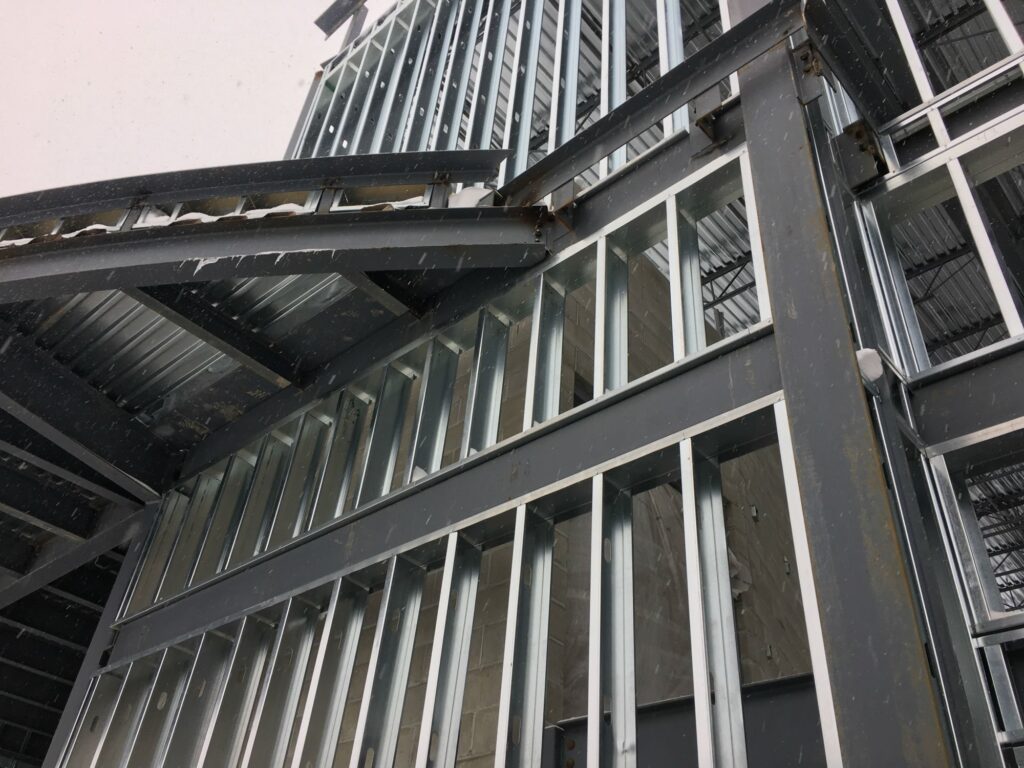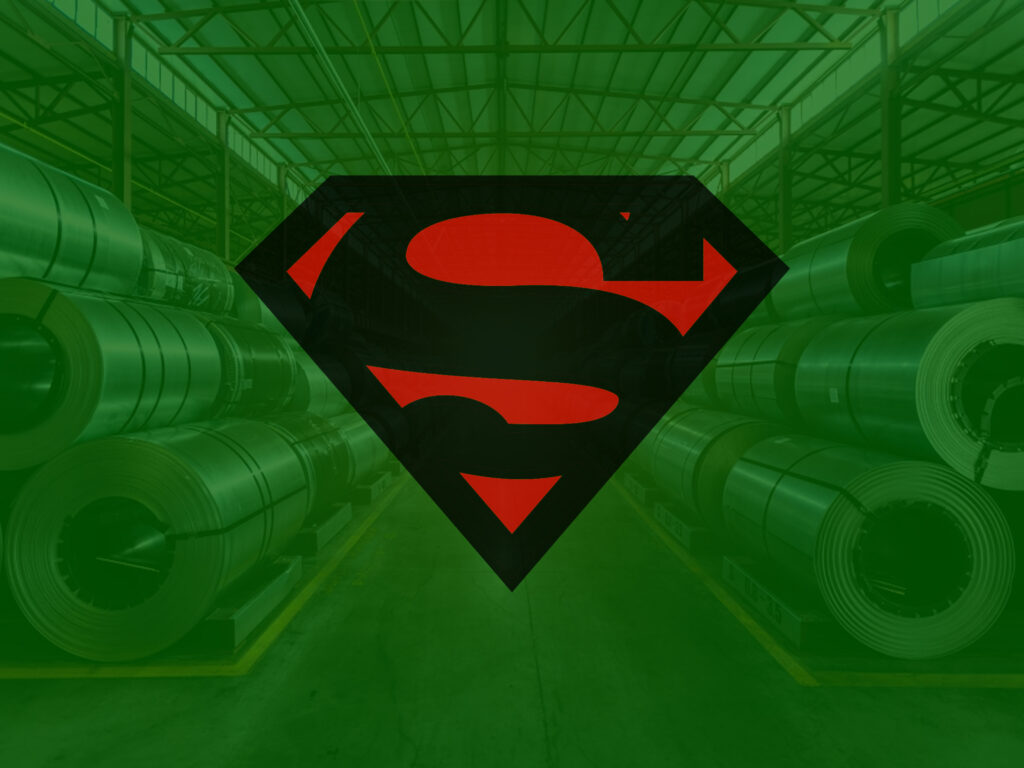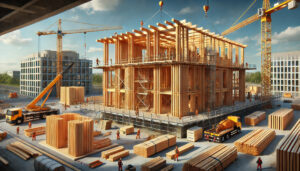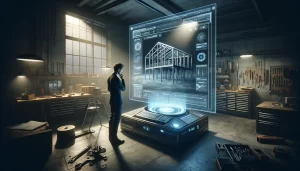Eco-Friendly and Strong: How Our Steel Frame Construction Reduces Environmental Impact
In the realm of modern construction, the integration of sustainability with structural strength is not just a trend but a necessity. As the global community becomes increasingly aware of environmental concerns, the construction industry is pushed towards finding solutions that balance ecological responsibility with the enduring need for durable infrastructure. Among the materials leading this transformative shift, steel stands out for its unique combination of strength and eco-friendliness. This article delves into how steel frame construction significantly reduces environmental impact, underpinning the construction sector’s journey towards a more sustainable future.
The Environmental Imperative in Construction
The construction industry has historically been a major consumer of resources and a significant contributor to carbon emissions. Traditional building materials like concrete and wood, despite their widespread use, come with a heavy environmental cost, including deforestation, high energy consumption, and extensive greenhouse gas emissions. In this context, steel frame construction emerges as a beacon of progress, offering a pathway to minimize these impacts without compromising on quality or durability.
Sustainability at the Core of Steel
Steel’s environmental credentials are foundational to its appeal in green construction. Its lifecycle embodies principles of sustainability, from production to end-of-use, making it a standout choice for eco-conscious projects.
Recyclability and Reuse
Steel is unparalleled in its capacity for recycling. It can be reused indefinitely without loss of quality, dramatically reducing the demand for virgin raw materials and the environmental degradation associated with their extraction. This endless recyclability positions steel as a cornerstone of circular economy practices in construction, significantly lowering the industry’s environmental footprint.
Energy-Efficient Production
The evolution of steel production techniques has seen a substantial decrease in energy consumption and carbon emissions. Technologies like the Electric Arc Furnace (EAF) method, which primarily uses recycled steel, highlight the industry’s commitment to reducing its environmental impact. Such advancements ensure that steel’s production process aligns with global sustainability goals.
Durability Meets Sustainability
Steel’s inherent durability means structures last longer, reducing the frequency of rebuilds or major renovations. This longevity lessens the cumulative resource use and waste generation over the lifespan of a building, further enhancing steel’s eco-friendly profile.
Designing with Steel: A Green Blueprint
The architectural and construction strategies employed with steel frame construction also contribute significantly to environmental conservation.
Resource Efficiency
The high strength-to-weight ratio of steel allows for the design of lighter structures that require less material without compromising strength. This efficiency not only reduces the material cost but also lessens the carbon emissions associated with transportation and assembly, leading to a more sustainable construction process.
Modular and Prefabricated Construction
Steel lends itself well to prefabrication and modular construction techniques. These methods are known for their precision and efficiency, generating less waste and reducing the overall environmental impact of construction projects. Modular construction, in particular, enables faster building times, further diminishing the site disturbance and associated emissions.
Enhancing Building Energy Performance
Steel frame buildings are inherently more adaptable to energy-efficient designs. The ease with which insulation and other energy-saving systems can be integrated into steel structures makes them ideal for meeting and exceeding stringent energy codes. Improved energy efficiency translates directly into reduced operational emissions, contributing to the overall sustainability of steel frame constructions.
Real-world Impact: Steel in Action
The environmental benefits of steel frame construction are not just theoretical. Across the globe, numerous projects demonstrate these advantages in tangible ways.
Case Study: Commercial Green Buildings
The Edge in Amsterdam, often cited as the world’s greenest office building, exemplifies the potential of steel frame construction. Its design incorporates a steel structure that supports an array of sustainable technologies, achieving unprecedented energy efficiency levels.
Residential Developments Embrace Steel
The trend towards steel is also evident in the residential sector, where its recyclability and energy efficiency are particularly valued. Projects utilizing steel frames showcase how homes can achieve higher sustainability standards without sacrificing design or comfort.
Forward-Looking: Steel and Sustainable Innovation
The future of construction lies in embracing materials and methods that offer both environmental and structural benefits. Steel frame construction is at the forefront of this shift, with ongoing innovations enhancing its sustainability credentials.
Technological Advances
Emerging technologies, including 3D printing of steel components and the development of smart steel structures with integrated sensors, promise to elevate the efficiency and sustainability of steel constructions. These advancements could revolutionize how buildings are designed, built, and monitored, reducing their environmental impact even further.
Policy and Industry Evolution
The global move towards stricter environmental regulations in construction is likely to further boost the adoption of steel frame methods. Industry standards increasingly favor materials and practices that reduce carbon footprints and promote sustainability, positioning steel frame construction as a key player in the eco-friendly building sector.
Conclusion: Building a Sustainable Future with Steel
Steel frame construction offers a compelling answer to the construction industry’s environmental challenges. By combining recyclability, energy efficiency, and durability, steel provides a foundation for building practices that are not only eco-friendly but also economically viable and structurally sound. As we continue to confront the realities of climate change and environmental degradation, the advantages of steel frame construction shine even brighter, heralding a new era of sustainable development.
In leveraging the strengths of steel, the construction industry can significantly reduce its environmental impact, paving the way for a future where buildings embody the principles of sustainability and resilience. The journey towards green construction is complex, but steel frame construction offers a clear path forward, demonstrating that it is possible to build strong, lasting structures while also caring for our planet.





